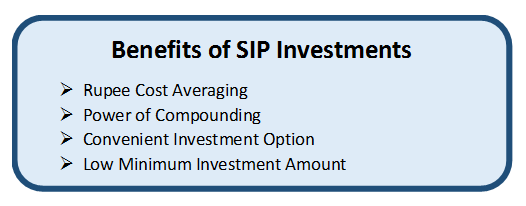First In, First Out (FIFO)
First In, First Out, also called FIFO is a mechanism for evaluating inventories or assets. In this method, goods that are acquired or produced first will be sold off first. FIFO perspective implies the cost of products sold is the product that is sold first.
Understanding First In, First Out Method
First In, First Out is a type of accounting method in which assets that are obtained first are sold out first. The FIFO method considers inventory as featuring items that are purchased in the end. The method is contrary to the Last In, First Out (LIFO) method in which products that are bought at last are the ones sold out first.

In a general FIFO method, the lower or older costs are assigned to the product’s costs that are sold under Inflation-based Market conditions. Eventually, it leads to an increase in the overall net Income of the company. The quantity of inventory that remains as the balance will feature products that are purchased recently or bought last.
The process of cost assignment takes place at the moment of the sale. The assignment takes place in the order in which products are bought or are in the order in which these are manufactured.
Talk to our investment specialist
First In, First Out Formula
For calculating Cost of Goods Sold (COGS) with the help of FIFO method, you can know about the First In, First Out formula. It is expected to determine the cost of the oldest product or inventory. Then, you can multiply the cost by the inventory amount sold.
In case the paid price for the product tends to fluctuate during the given time period for which you are calculating COGS, then you should take the given amount as well.
For instance, let us assume that 100 items for a company will cost around INR 3000 to produce each product. For the next lot of 100 items, the price went from INR 3000 to INR 3500.
The company management would now like to review the cost of items sold. Until date, 105 goods of the company have been sold. With the help of the FIFO formula or method, they will analyse how much every item cost them for production. As only 100 items had cost them INR 3000, the remaining 5 items will be available at a higher cost of INR 3500. This will help in achieving the accurate total.
Conclusion
You can come across several valuation methods for your business –including FIFO, LIFO, and the total average cost. A company can go forward with choosing any given valuation method. However, the method that you choose should suit your business while being followed with consistency.
All efforts have been made to ensure the information provided here is accurate. However, no guarantees are made regarding correctness of data. Please verify with scheme information document before making any investment.












